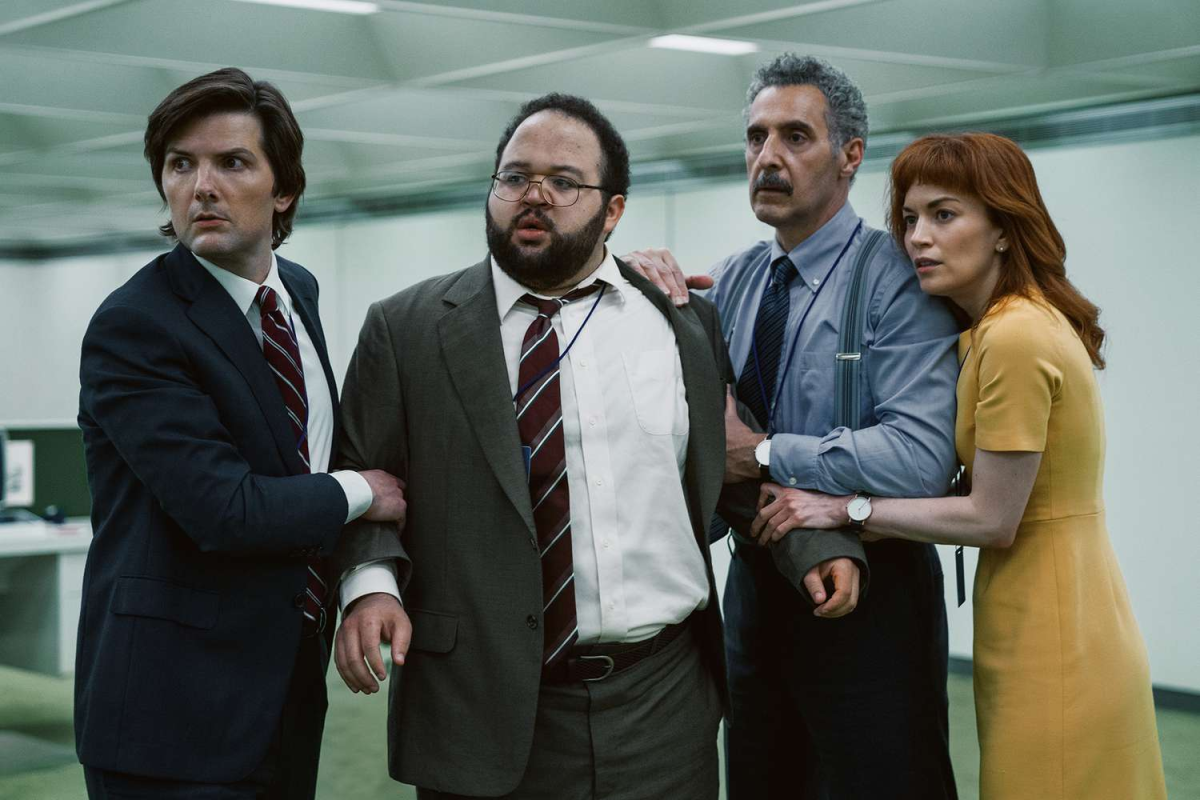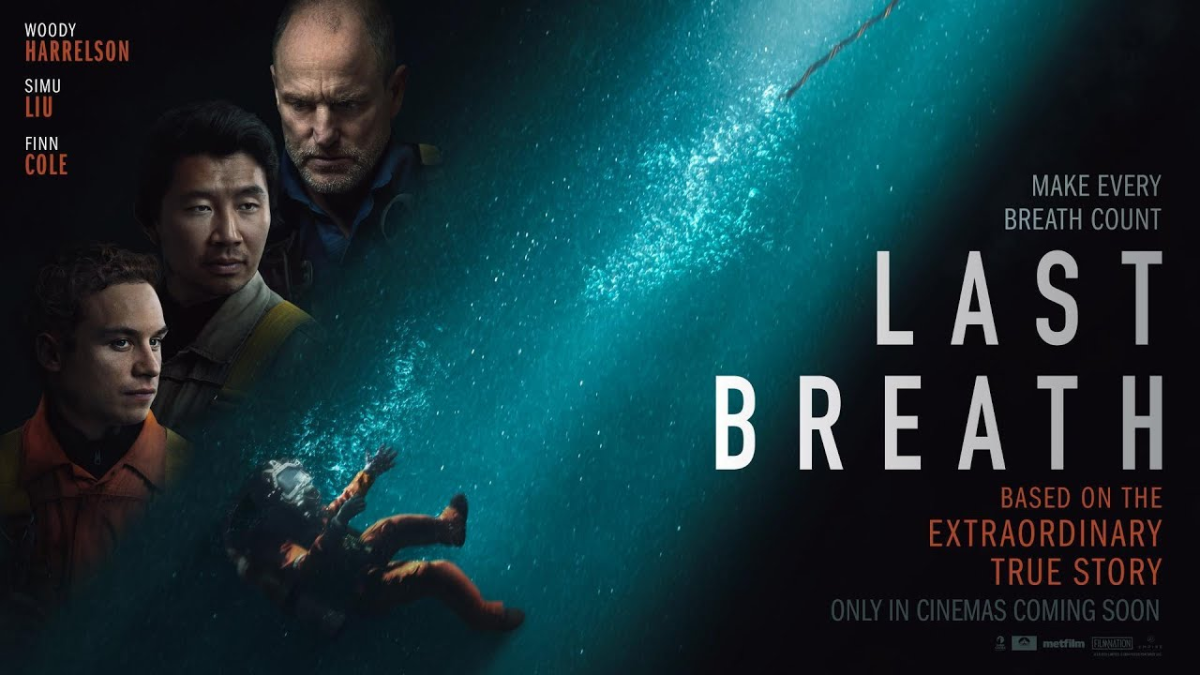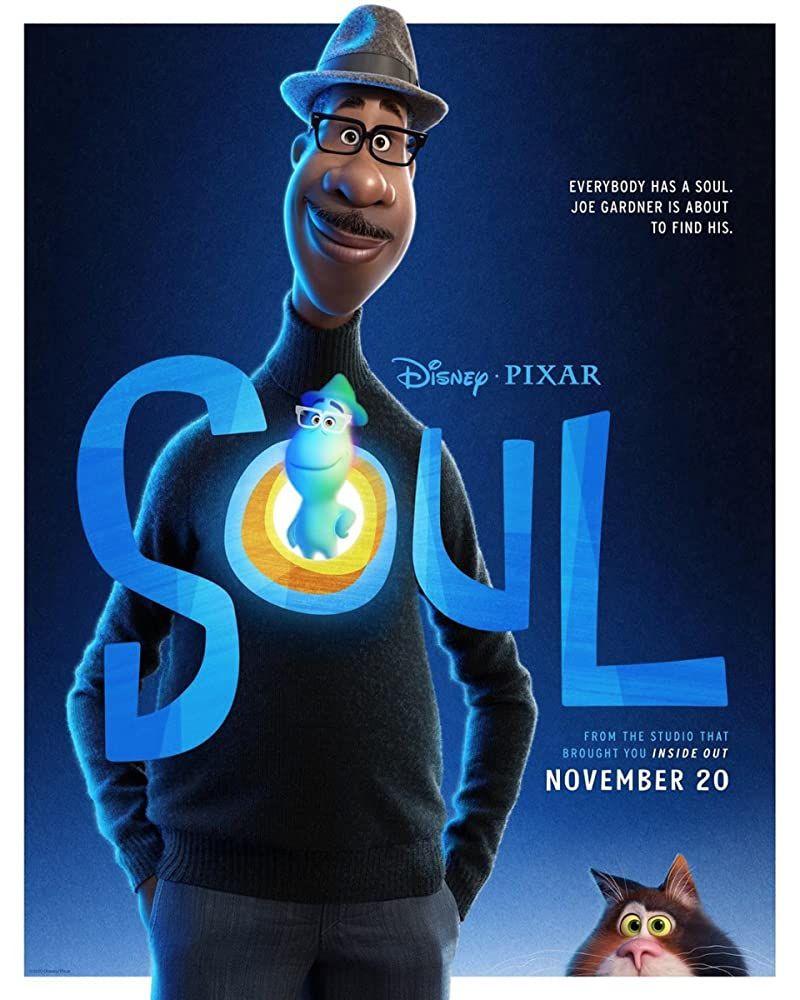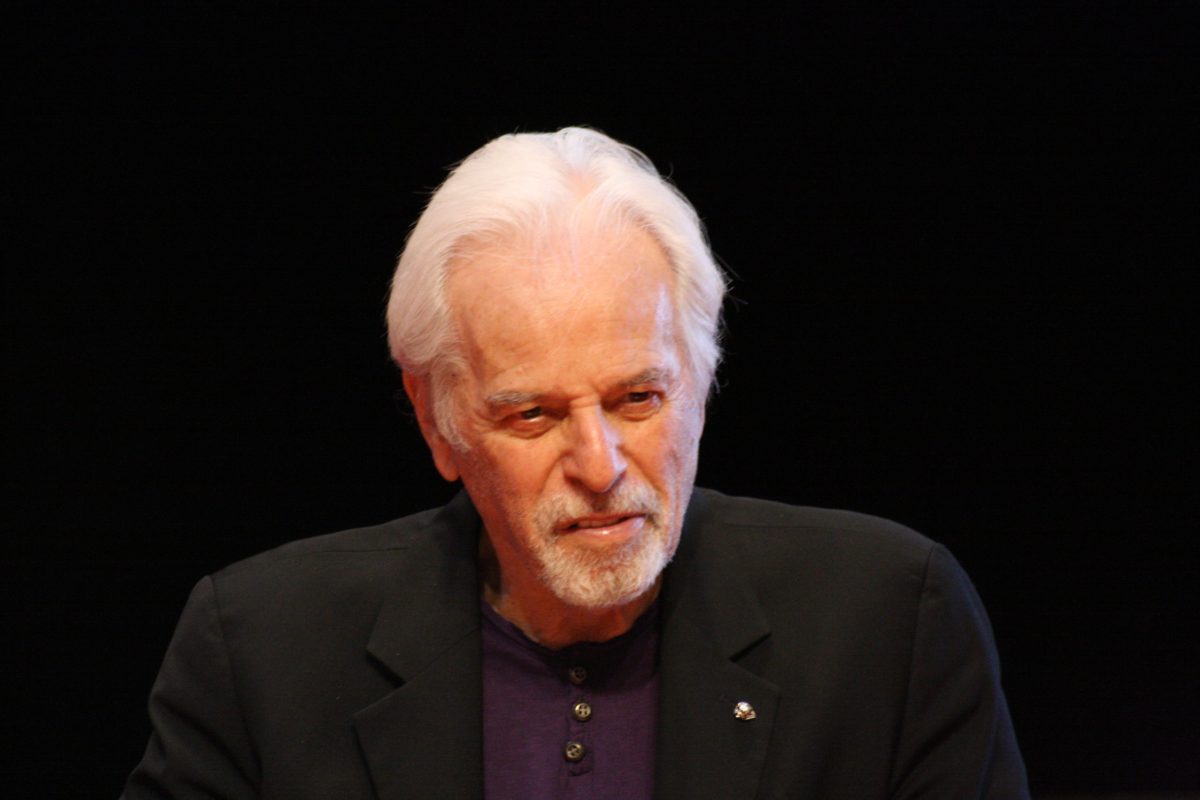You’ve seen this movie before: it introduces a likable character and someone the character cares for. Then the loved one is threatened or their location is compromised, putting the protagonist’s interests at stake. Turns out the protagonist has extensive training or becomes stronger when the life of “the one” is on the line.
The risk of the protagonist losing a loved one introduces the antagonist. Both the hero and villain come face to face, and the hero is seemingly overwhelmed and outnumbered. However, only the hero’s skills can save the day, and their skills are the only thing standing in the way of the antagonist’s plot. At the end, thankfully, the villain is cornered by the hero’s dispatch of secondary threats, and the villain is brought to justice.
This is currently a popular formula for many films including the Taken (2008-14) franchise. It has, however, existed since films such as the Indiana Jones (1981-Ongoing) series and the Die Hard (1988-Ongoing) series. The formula features one hero overcoming huge numbers of opponents and achieving victory despite apparently impossible odds.
Films with similar plot lines come out often, especially in the industry of action movies today. It may seem repetitive, but overall they prove to be entertaining if and only if a film changes the formula in an innovative way that ranks it above its predecessors. The formula, however, sometimes has a downside that sometimes not even the “One-Man-Army” can save.
Clint Eastwood, in his early days in the Old West or as Harry Callahan, was known as “the one guy to never mess with.” Today, Liam Neeson holds that title with today’s standards. Each character in their respective roles are unbeatable in terms of marksmanship, hand-to-hand combat, and are consistently “messed with” by bad guys with amazing firepower, but not enough to kill the antagonist.
The formula behind these films is the same, but the variables of each vary by the time period being served which brings in the factors of technology and combat skills of the time. Sometimes these films are predictable and other a more interesting plotline is used like in the Bourne Series (2002-12) and Kill Bill (2003-4). These films may be accompanied with great fight choreography, awesome special effects, and brutal action.
The best films in this genre contain a great plot, characters that make you feel either angry or happy, action that keeps you on the edge of your seat, impossible scenarios that defy most forms of physics, and other tropes that keep your eyes glued to the screen. The only reason why they are apparently getting worse is because so many recently released action movies follow this same exact formula.
This means that the plots are running thin, characters are becoming overused and every other aspect of the film compared to one that came out the week before seems too familiar. A film that recently came out which changed the genre up a bit was Denzel Washington’s take in The Equalizer (2014) because the protagonist transforms from a vigilante to a full-blown hero. Giving the secretly trained military agent a new purpose in life definitely grabs a lot of attention rather than having the agent continue to beat and kill only for their own motivation.
Fixing this genre relies on making original characters and giving them the best motives like John McClane (Die Hard) as a cop turning into a high ranked soldier. If these types of films give us characters who are at a disadvantage and cannot handle the situation, then maybe action films would be more interesting to watch. It would be completely unpredictable if a nerd learns how to overcome a pack of jocks, or a normal untrained civilian learns how to save the day rather than having a Schwarzenegger-like character save the day for the hundredth time.
The general plotline of the action movie can be manipulated with slight detours in the plotline, and the effects of a great plotline can be enhanced with excellent visuals and cinematic quality. Regardless, people will always watch appreciate action movies for the thrill of a hero overcoming a great obstacle, which will always be inspiration for an audience of all ages.
































